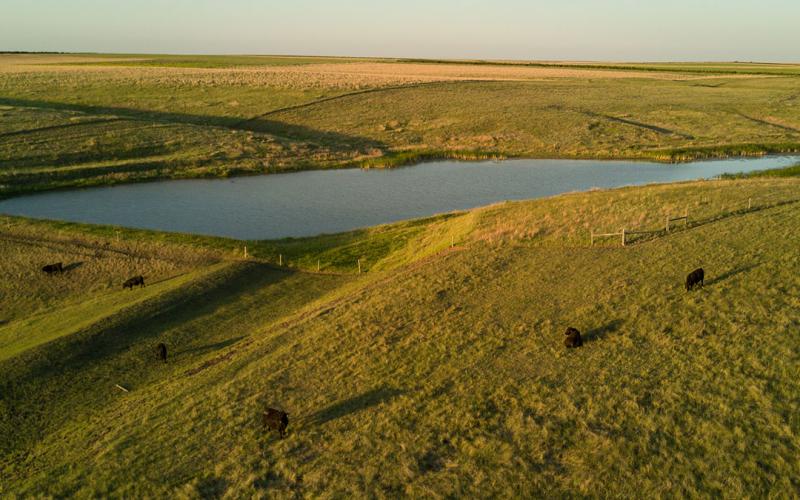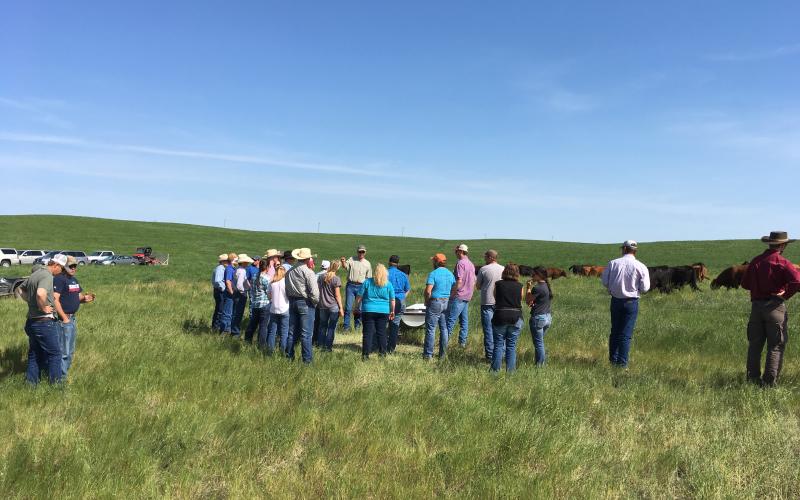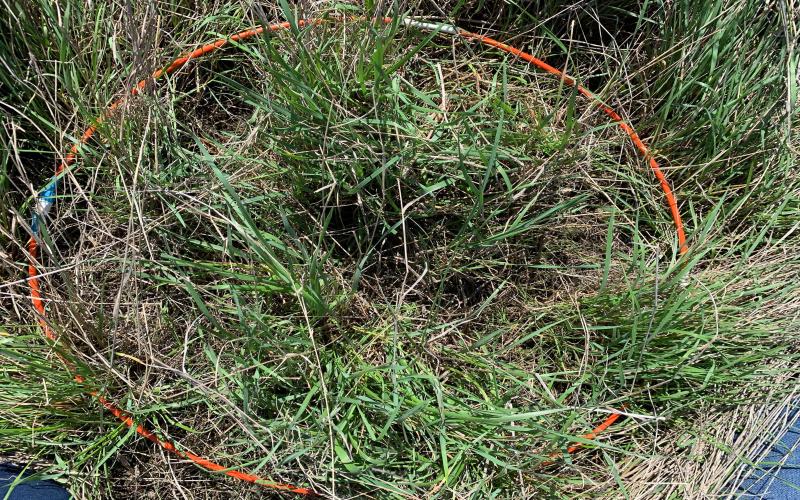Content by Krista Ehlert

Grazing Calculator
The SDSU Extension Grazing Calculator eliminates the guesswork and mess associated with doing calculations by hand. It requires a few inputs on your end, and you will be able to save a downloadable Excel file for your record keeping.

Range Roundup: Riparian Health Project Started in Western South Dakota
Over the last five years, federal, state, NGO and university partners and producers in Northwest S.D. were involved in a needs assessment that identified riparian health as an area of significant concern across Western S.D.

The Importance of Math in the Art of Grazing
It might seem a bit silly to check in on your stocking rate calculations, but it is something that is undoubtedly worth your time, whether you’re a seasoned rancher or you’re still trying to get your feet under you.

SDSU Extension Accepting Applications for beefSD
August 10, 2020
SDSU Extension is now accepting applications for class 5 of beefSD.

You Can’t Manage What You Don’t Measure: Range Record Keeping
Range record keeping helps detect and demonstrate landscape changes that have a direct impact on your ability to maintain or grow your herd.

South Dakota Delegate, Matea Gordon, to Present at the Society for Range Management Annual Conference in Denver
February 07, 2020
Matea Gordon, sophomore at Sturgis Brown High School, has been selected by the South Dakota section of the Society for Range Management (SRM) to participate in the High School Youth Forum (HSYF).

Yellow Sweet Clover: Information and Management
Sweet clover is an opportunistic plant that is going to be abundant in pastures and hay fields when growing conditions are favorable, ideally for two consecutive years. Although it can cause problems, it is valuable to wildlife and pollinators and is a nutritious forage source.